How to Stay Fit and Avoid Falls
By Yolanda Brunson – Sarrabo
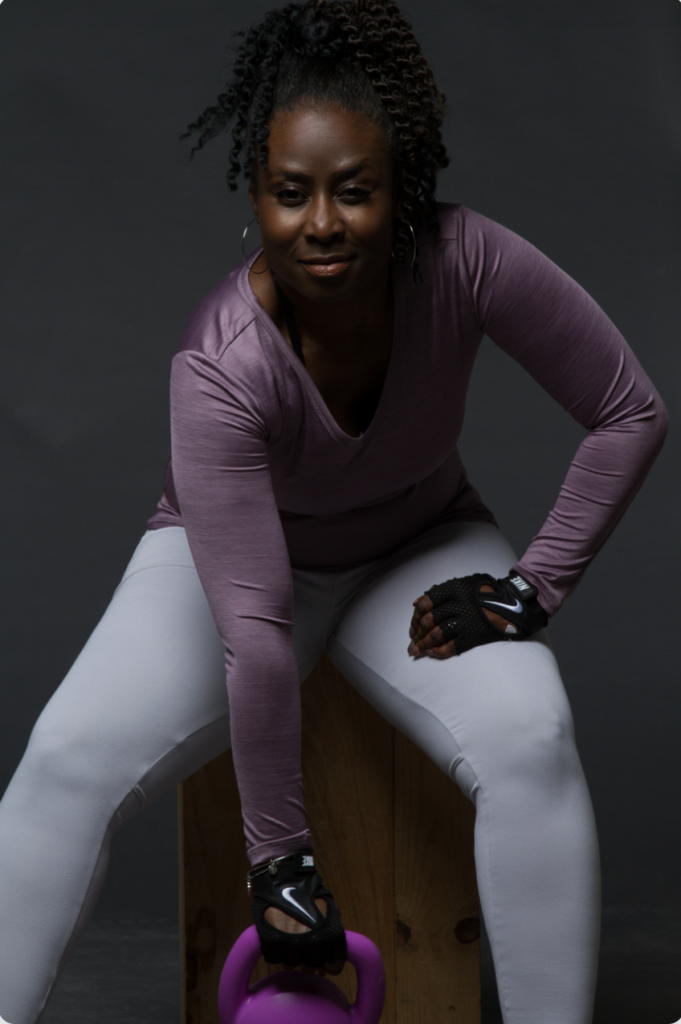
They don’t tell you that being 50+ involves constant retooling to feel better when the body starts acting its age. The body does have a way of showing out, and that reality is very profound. The range of change may include the new, weird feeling of being unsteady on your feet while trying to sustain agility. And experiencing a fall may make you fearful of falling again, leading to less willingness to walk, dance, work out and move your body. This is an unfortunate twist, since regular, gentle exercise really is the best thing for keeping your muscles flexible and toned, and your gait solid.There could be a multitude of reasons why your balance and agility have now become an issue. Once you’ve discovered that this is a problem, the question then becomes how you fix this issue. Balance complications can lead to falls, and it’s fair to say a fall now in our lives may be detrimental.
Age may not be the only factor in why people past the age of 65 fall with some frequency.
Other potential causes include
- HEARING LOSS
- VISION LOSS
- POOR LIGHTING
- OSTEOPOROSIS
COMMON MEDICATIONS INCLUDE:
- ANTIHISTAMINES
- ANTIDEPRESSANTS
- ANTIPSYCHOTICS
- BETA-BLOCKERS for cardiovascular conditions
- DIURETICS
In addition to exercise, take steps to guard against falls. Remove throw rugs that skid or bunch up underfoot. Have your eyes checked, and keep your eyeglasses prescription up to date so that you can see well. If cataracts are present in your eyes, seek treatment: this surgery is truly a wonder of modern medicine!
Even your feet may play a role in tripping and falling. Foot pain may contribute, as well as going barefoot, or even wearing socks and slippers around the house. The reason for this is that we need better grip and traction as we age, so look into shoes with low heels and slip-proof soles to keep you safe and steady.
Let’s review possibilities that can be applied to day-to-day.
Why Balance and Stabilization Matter
Balance is the ability to maintain equilibrium while moving from point A to point B, keeping your weight evenly distributed as you stand and walk. When our cognitive sensors are off, this allows for imbalance problems. We know these problems, unfortunately, show themselves around the age of 50. It is important to maintain and improve balance as this is the key to engaging in a fitness program that may help in your everyday strategy to prevent falls and stay on your feet.
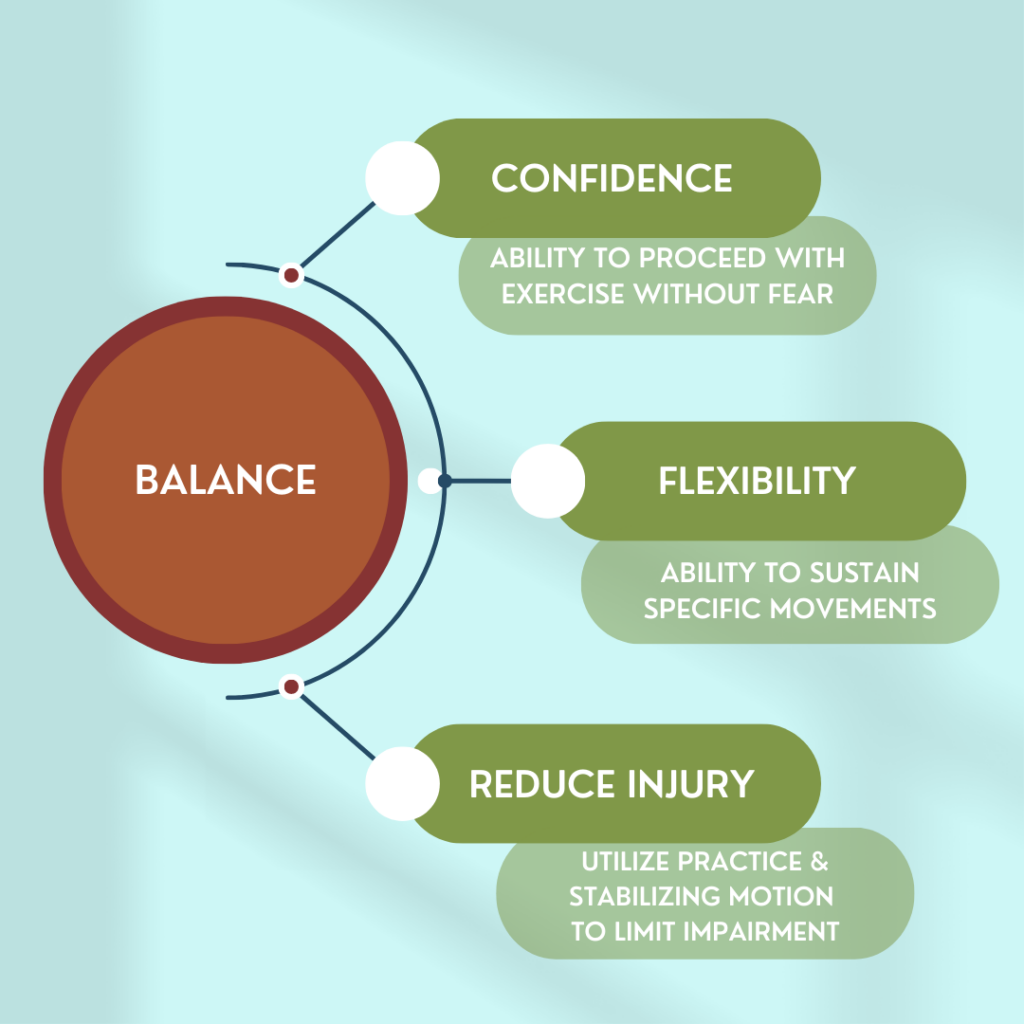
Here are 2 examples of exercise options and why they can help when formulating a plan to improve your balance.
Simple walking beams rely on your body weight to move.
The idea is to focus on your balance coordination to complete the move. Pretend that you’re Simone Biles, walking on that slim balance bar! Visualize a bar in front of you as you place your feet heel-toe, heel-toe.
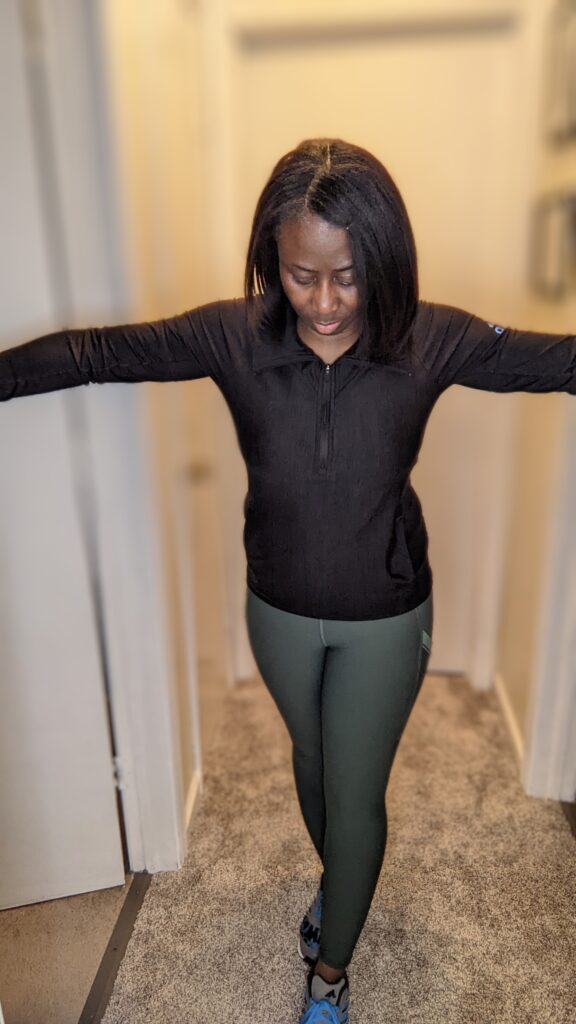
How:
- Stand upright with upper body and back straight
- Arms in a lateral position (mimicking a plane’s airfoil wings)
- Walk straight 10-20 feet with one foot in front of the other
- Use your body weight to balance your control in movement
- Walk from Point A to Point B.
Amount:
6X Reps 2 Sets
Photos- Courtesy of Chronic Fitness LLC.
*Chair Pliés
Never went to ballet school? No worries. The Plié (rhymes with “Ben-Gay”) is the classic beginner’s position in classical dance training. It’s basically a deep knee-bend while keeping the upper body erect and upright. Ballerinas use the barre, but you can use a kitchen chair for support. Using a chair for stability, this routine helps improve balance along with control of up and down foot motion.
How:
- Use a stable chair as your anchor
- Stand in the back of the chair in a straight stance
- Legs straight and feet apart
- Slowly lower your body, keeping your shoulders straight over your hips
- Hold the top of the chair while moving your full body up and down
- *Your feet are doing the physical motion- while being aware of your breathing and posture
Amount:
10X Reps 2 Sets
Photos- Courtesy of Chronic Fitness LLC.

Why Agility is a Contributing Factor
As you move forward with these tools, remember that once balance has improved you should then be able to spring into action with agility. Improved agility skills allow for speed and coordination that help enhance strength and flexibility.
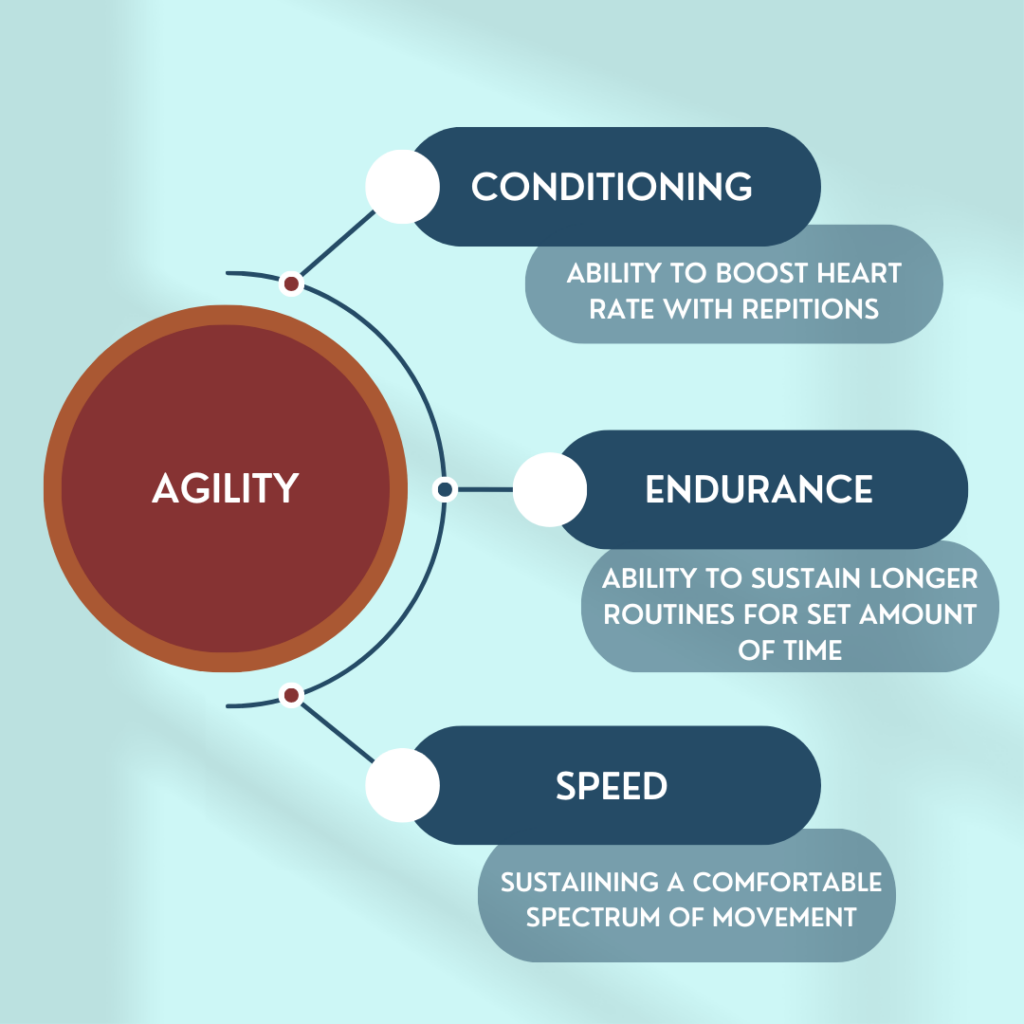
Here are 2 examples of exercise options and why they can help when formulating a plan to improve your agility.
*Chair Toe Touch
Using a chair with this routine builds agility with coordination between arms, leg, and speed.

How:
- Use a chair as your stabilizer
- Sit upfront in middle of the chair
- Legs planted firmly on floor and feet slightly apart
- Bring one leg midway up (as if crossing the leg)
- Tap upward on right leg with left hand
- Alternate movement, alternating the tap on left leg, right arm, right leg, left arm
Amount:
10X Reps 2 Sets
Photos- Courtesy of Chronic Fitness LLC.
*Grapevine Steps
Heard it through the grapevine that this exercise will polish your moves on the dance-floor! This side, front and back step helps with leg coordination as well as balance.
How:
Standing straight and legs slightly apart
Cross step with leg side, back, front (over and under)
Speed up pace based on comfort level
Start with 5 cross steps right and 5 cross steps left
Amount:
5X Reps 2 Sets
Photos- Courtesy of Chronic Fitness LLC.
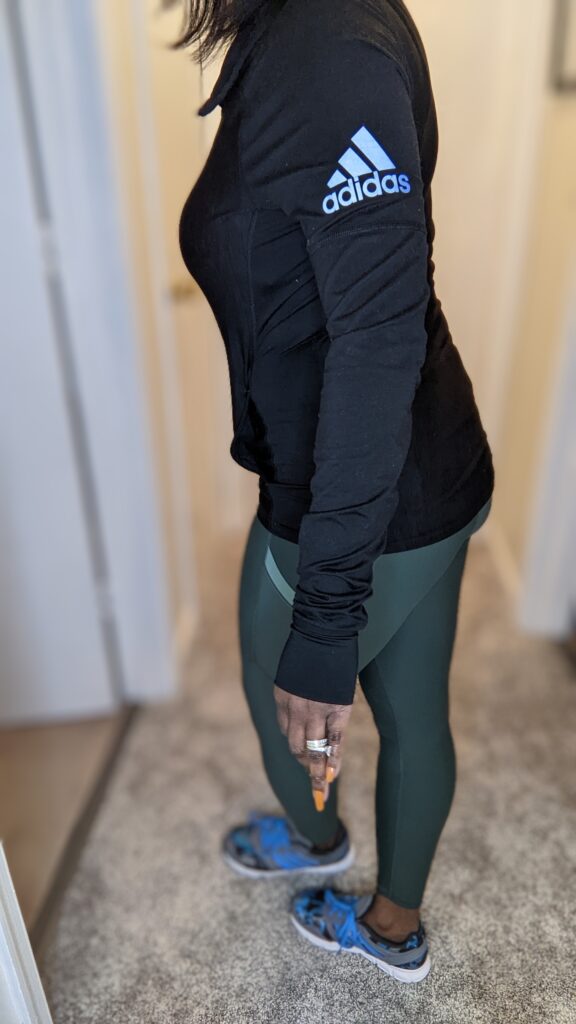
Movement of any kind at any age is so good for us. Movement helps supply the joints with lubricating synovial fluid, preventing stiffness and soreness. The old adage, “Use it or lose it” really is true! No need for heroics or athletics. Just treat your arms, legs, hands, feet, torso, neck and head to lots of gentle reps every day. Make it fun. Turn on some tunes and reward yourself with a bubble bath or a fresh bouquet, just for refusing to be a couch potato.
And give yourself some grace. Older bodies do respond differently to exertion than the mint-condition bones, joints, tendons, and ligaments of a sweet young thing, so be patient with yourself. You’re not competing, you’re just thriving.
Cheers!

@chronic_fitness_biz
facebook.com/chronicfitness
Be the first to comment